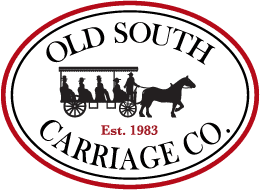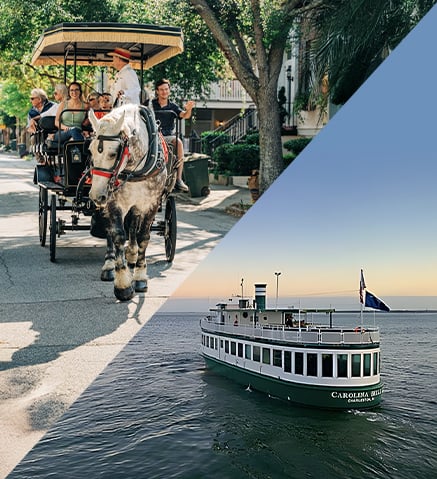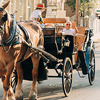A Tourist’s Guide to Charleston: Must-See Attractions and History
Often called the "Holy City" for its prominent church steeples gracing the skyline, Charleston blends elegant architecture, lush gardens, and a robust culinary scene. From its pivotal role in American history to its remarkably preserved antebellum homes and historic landmarks, Charleston offers an unforgettable journey into the South.
The city has so many incredible attractions that new visitors can sometimes feel overwhelmed. The solution? Keep reading our list of top Charleston attractions, then kick off your vacation with a Historic Carriage Tour to learn about downtown and get the inside scoop from expert local guides about the best places to visit and the most delicious restaurants. Whether you're a history enthusiast, a lover of picturesque landscapes, a ghost story aficionado, or simply seeking a relaxing getaway, our tourist guide to Charleston will lead you through the must-see attractions of this truly unique city.
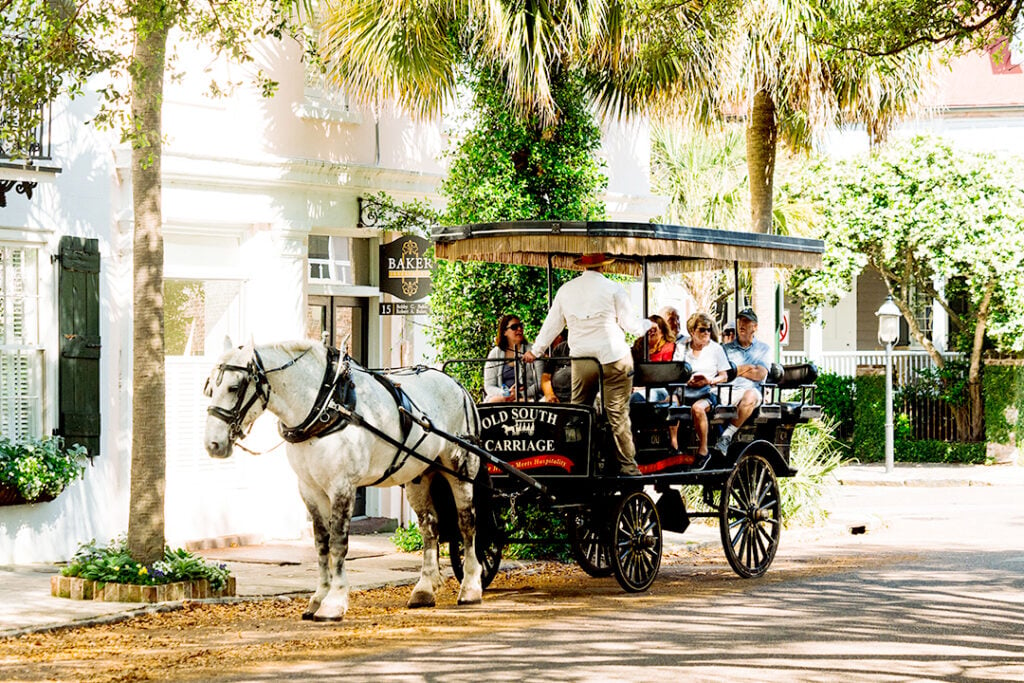
The Battery & White Point Garden
Your visit to Charleston isn’t complete without a stroll along The Battery. This spot has been significant for centuries, originally serving as a defensive fortification, hence the name "The Battery." The city’s iconic promenade offers panoramic views of Charleston Harbor and Fort Sumter. You can also watch boats glide through the harbor’s peaceful waters. Walk the shaded walkways, admire the historic cannons and monuments, and enjoy the gentle sea breeze.
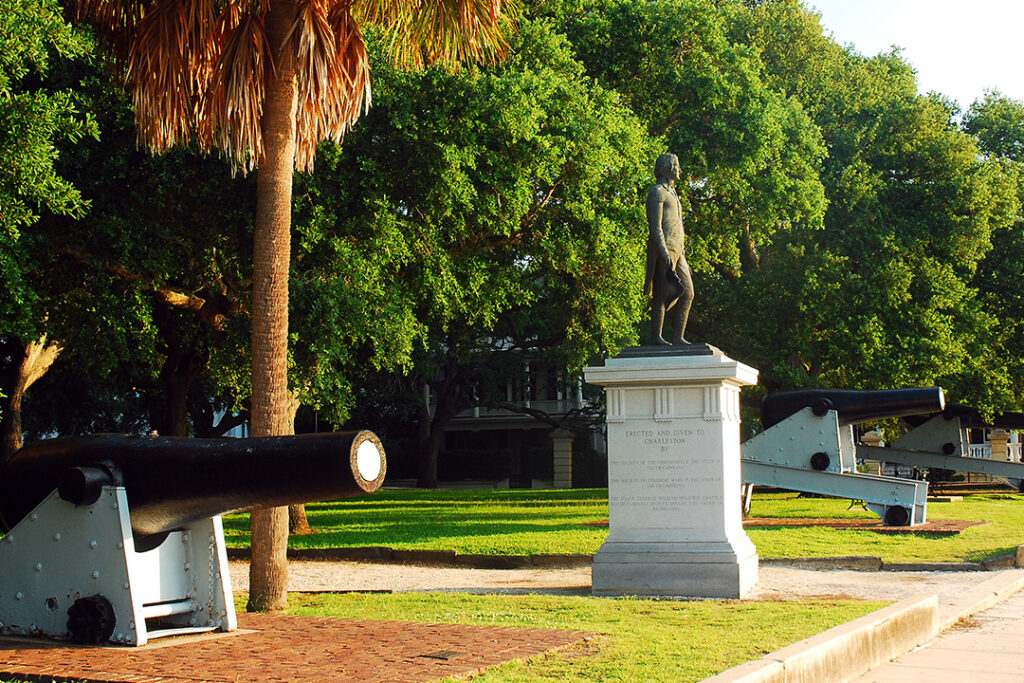
White Point Garden is a picturesque park located along The Battery, at the tip of the peninsula. Bring your picnic basket and settle beneath one of the park’s grand old oaks for a relaxing lunch in one of Charleston’s most scenic locations. In addition to offering ideal picnic spots, White Point Garden includes a collection of monuments and historical markers commemorating important figures and events from Charleston’s past.
Charleston City Market
The historic Charleston City Market is a bustling hub that is one of the oldest public markets in the country. Established in 1807 and stretching four city blocks, from the grand Greek Revival architecture of Market Hall to the lively open-air sheds, this iconic landmark offers a labyrinth of stalls where more than 300 vendors sell everything from intricate handmade jewelry and artwork to unique Lowcountry delicacies. Keep an eye out for the renowned Gullah sweetgrass baskets, a truly authentic Charleston craft passed down through generations.
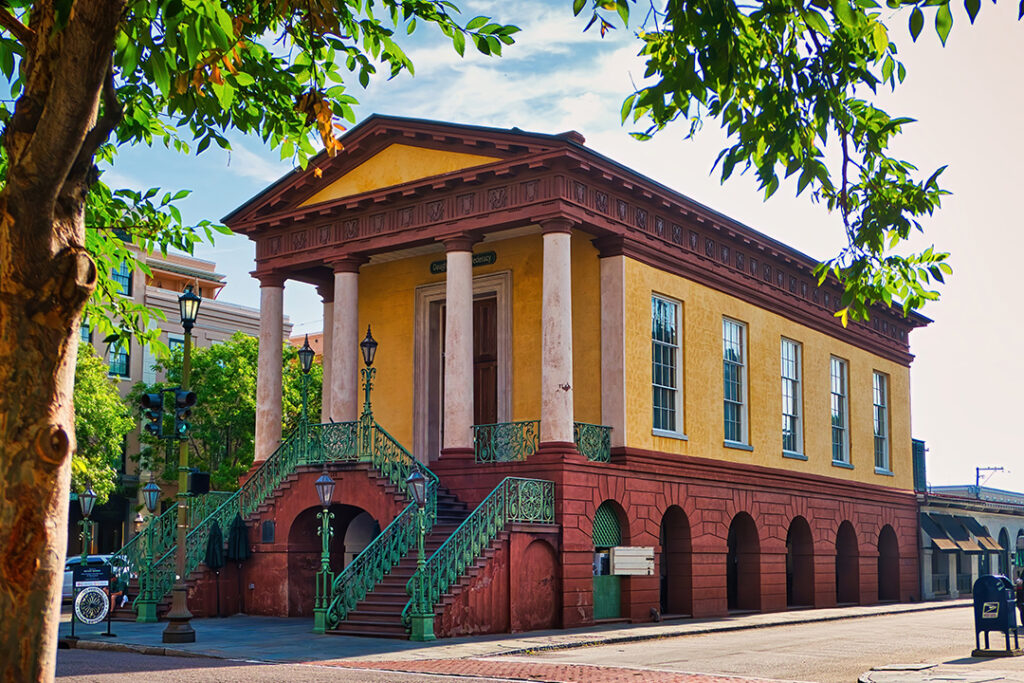
Whether you're seeking a special souvenir, a taste of local flavor, or simply a charming stroll through history, the City Market promises an unforgettable immersion into the soul of Charleston. And for those seeking a unique evening, be sure to check out the lively Night Market. Our popular historic carriage tours begin just one block from the market, making shopping at the Charleston City Market a great activity for either before or after your guided carriage tour of historic downtown.
Historic Homes & Plantations
The Nathaniel Russell House is a National Historic Landmark where you can be immersed in the elegant world of an early 19th century wealthy Charleston merchant. Learn about the exquisite Adam-style architecture, considered one of the country’s finest examples, and explore the beautifully preserved interiors filled with period furnishings and decorative arts. The house’s ongoing renovations provide a glimpse into the preservation process. You can take a docent-led tour to gain more insight into the lives of the Russell family and Charleston in the early 19th century.
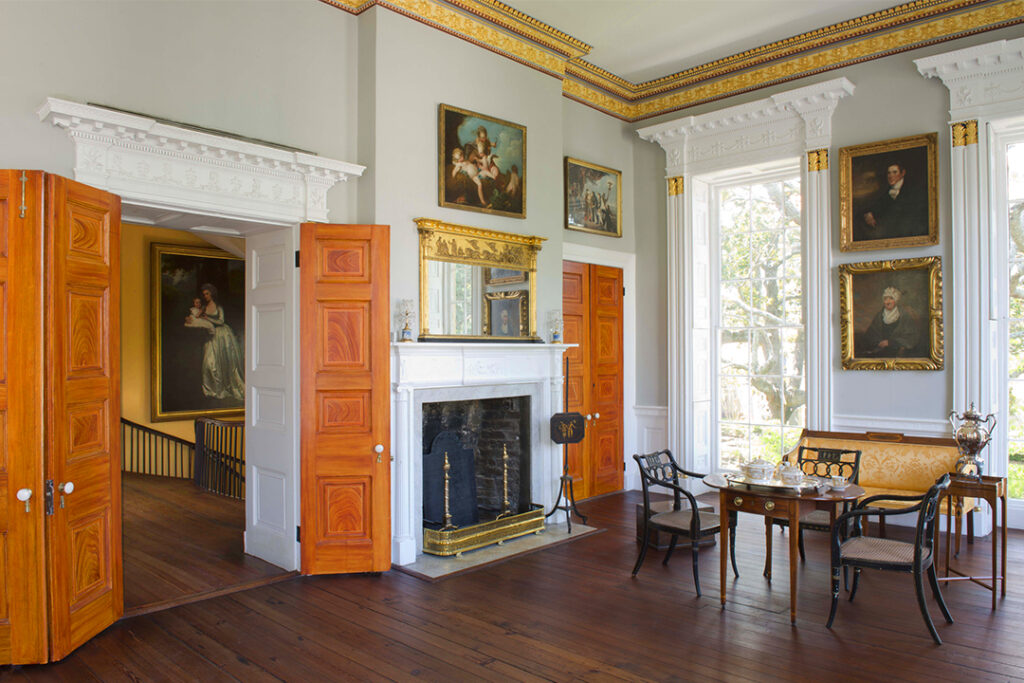
The Aiken-Rhett House has been preserved with an “as-found” preservation approach, which means furniture, architecture, and decor haven’t been altered since the mid 19th century. This remarkably preserved urban plantation offers a unique perspective on antebellum life. You can explore the grand rooms of the main house where the Aiken and Rhett families lived, and see the stark conditions of the enslaved people's quarters. The Aiken family owned the home for 142 years before selling it to The Charleston Museum in the 1970s.
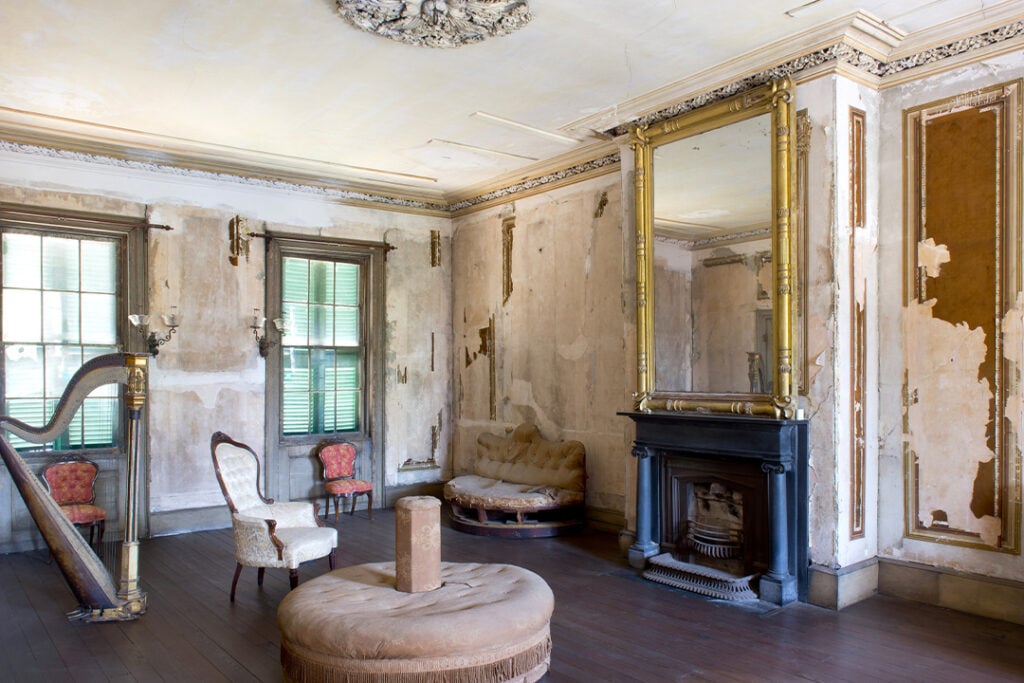
Unlike other historic homes, the 18th-century Drayton Hall is presented in a more natural state, focusing on its architectural integrity and historical significance rather than elaborate restorations. You can tour the grand rooms and grounds of this National Historic Landmark, and explore its collection of archeological artifacts, archives, and decorative arts that provide greater details about plantation life.
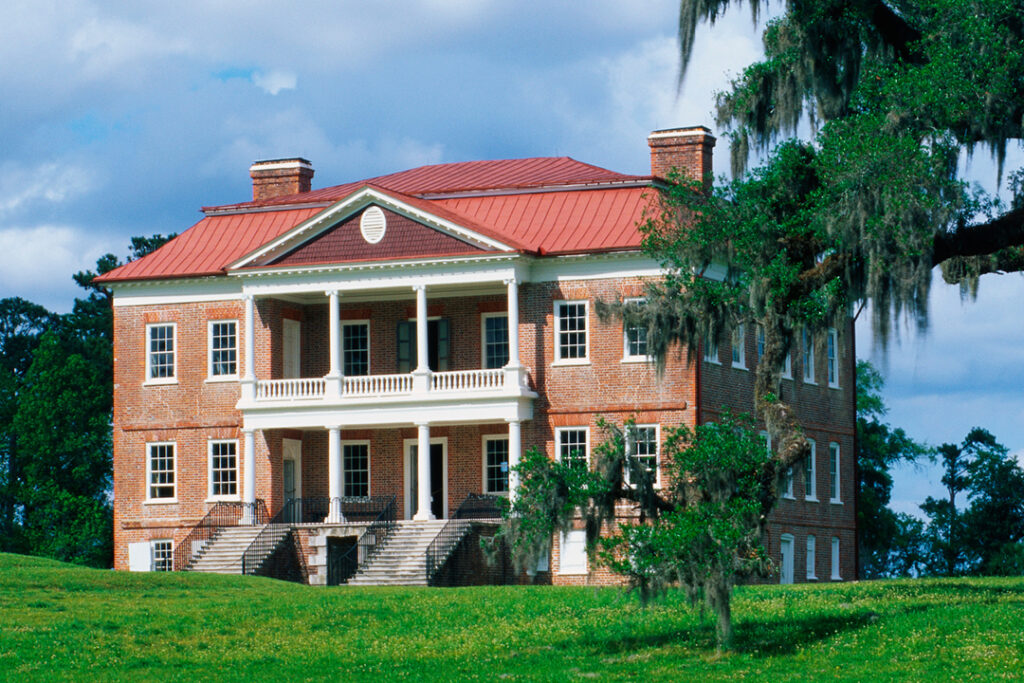
McLeod Plantation Historic Site provides a powerful and unfiltered look at the realities of plantation life, from the grandeur of the main house to the humble dwellings of the enslaved community. Explore the grounds, learn about Gullah culture, and reflect on the enduring legacy of slavery in the South.
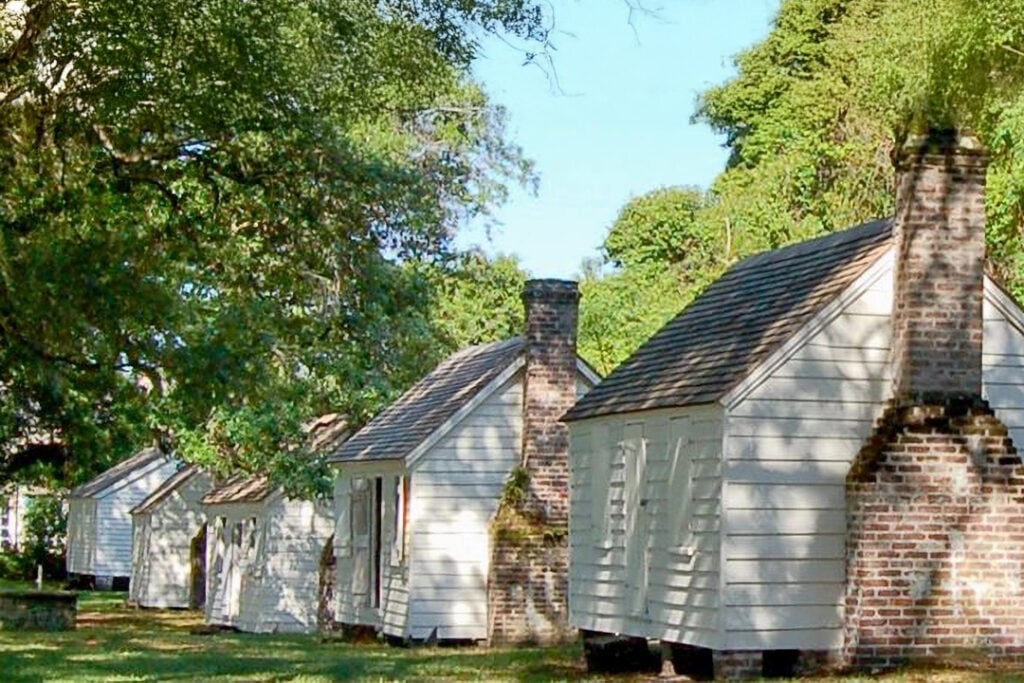
Waterfront Park & Pineapple Fountain
Discover a local favorite along Charleston's historic harbor at Waterfront Park, a stunning 8-acre expanse where natural beauty meets urban charm. Once a bustling center of maritime activity, this award-winning park now offers a serene escape with breathtaking views. Stroll along its promenade beneath moss-draped live oaks and swaying palmetto trees. Then unwind on one of the family-sized swings that hug the shoreline, offering an idyllic spot to watch boats cruise the harbor and perhaps even catch a glimpse of dolphins. Waterfront Park is also a popular spot to watch the sunset.
At the heart of the park lies the celebrated Pineapple Fountain, a true symbol of Southern hospitality and one of the city’s most photographed landmarks. Its cascading waters provide a fun way to cool off on hot summer days, and its distinctive pineapple design serves as a charming reminder of Charleston's welcoming spirit.
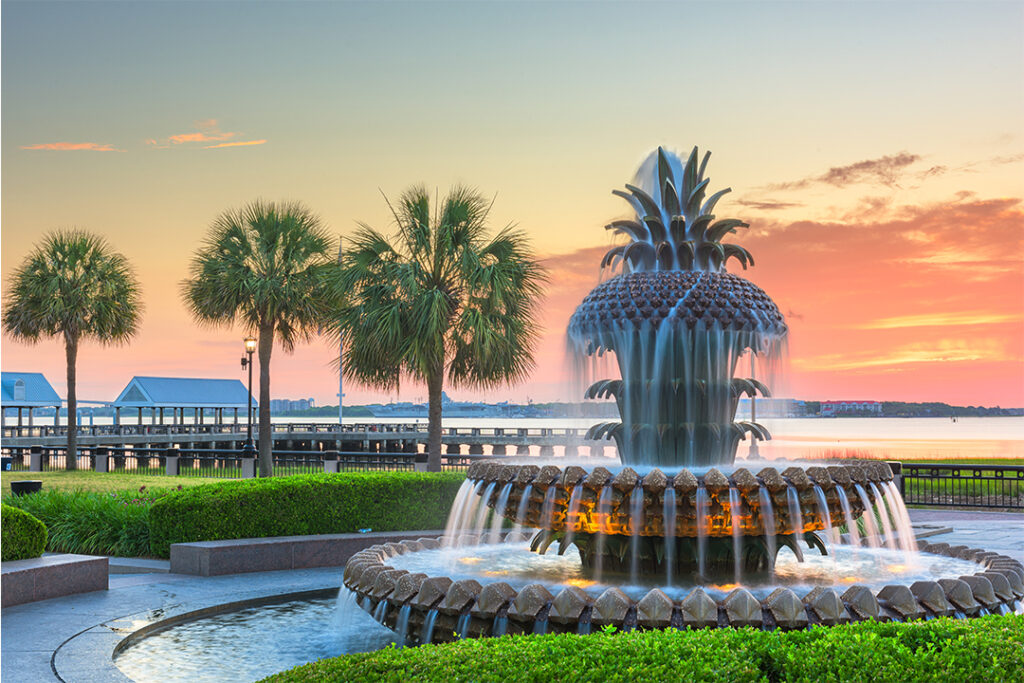
Haunted & Ghost Tour Stops
Shaded by ancient oaks and adorned with gas lanterns, Philadelphia Alley is often overlooked by visitors rushing past its entrances to explore Charleston’s more well-known attractions. Glancing at the scenic space, you’d never guess the sordid myths and ghost stories swirling around its cobblestone path. Originally known as "Cow Alley" or "Dirt Alley," it was a less-than-desirable thoroughfare. Its transformation began in the early 19th century when the alley evolved into a more refined space. Local legend suggests it was also a popular dueling spot, earning it the grim nickname "Dueler's Alley.”
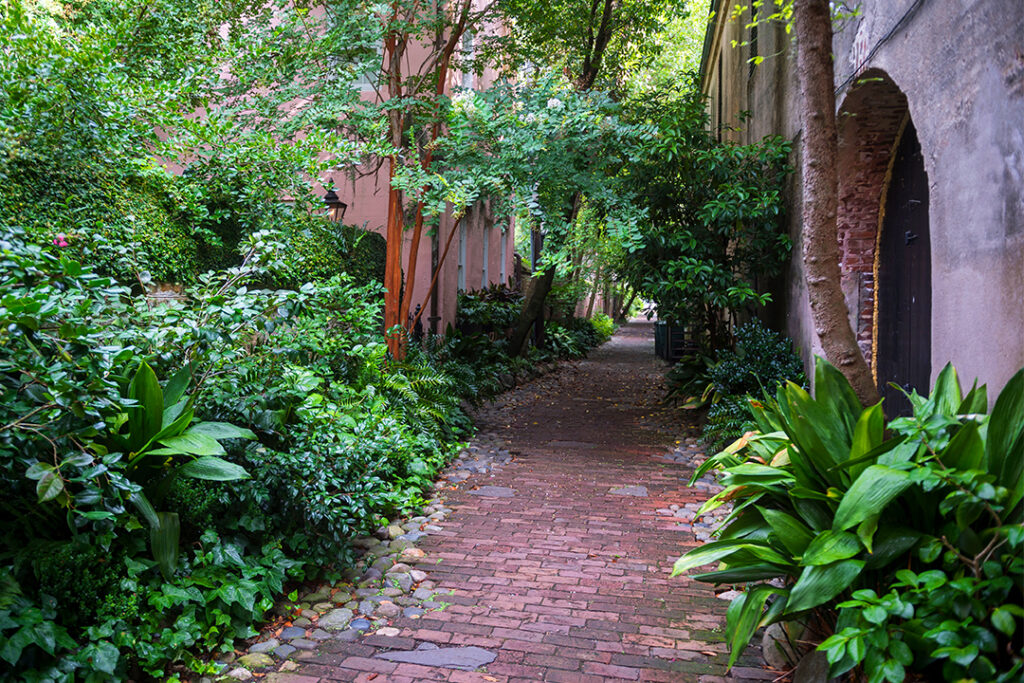
Stoll’s Alley is a quiet, narrow passageway named after the blacksmith Justinus Stoll, who built a home here in 1745. Tucked off scenic Church Street, this cobblestone-paved alley is lined with historic brick buildings, some of which are centuries old. The alley is a nod to the city's early mercantile days and its residents. Some say this understated, and often overlooked, alley is haunted.
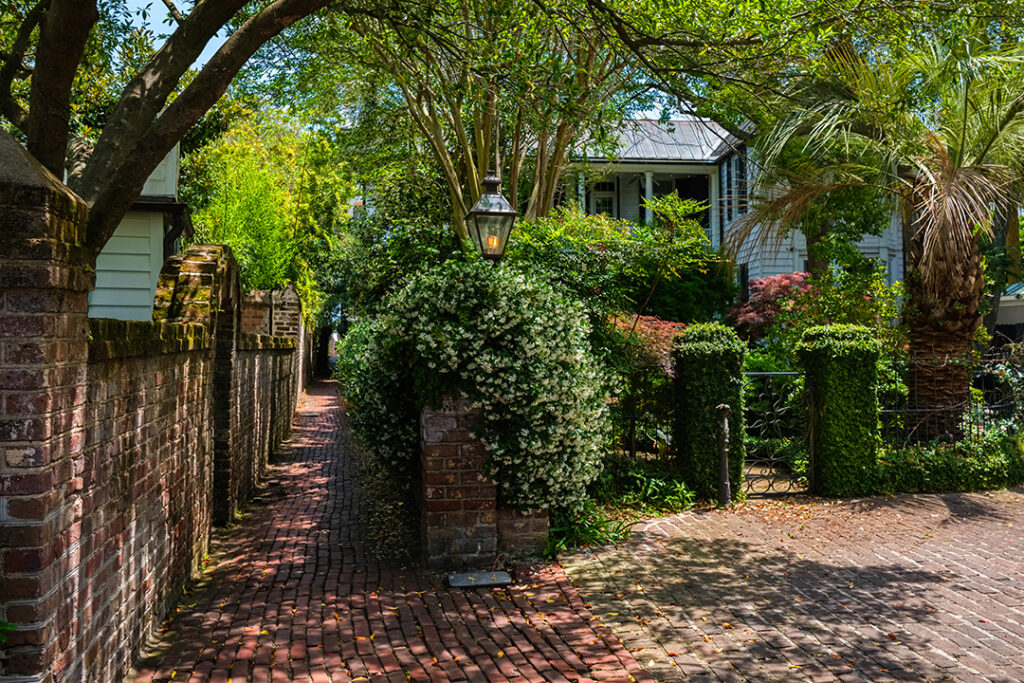
The infamous Old City Jail of Charleston has a dark history, where more than 13,000 inmates were detained here between 1801 and 1939. From notorious pirates to Civil War prisoners, these inmates were exposed to atrocious living conditions or even execution. Some visitors have felt an eerie chill down their spine as they walk through former jail cells while others have reported spotting apparitions of former inmates appearing and disappearing between the walls. With its otherworldly fame, it's no surprise that the Old City Jail is frequently featured on various paranormal TV programs, such as The Travel Channel's Ghost Adventures.
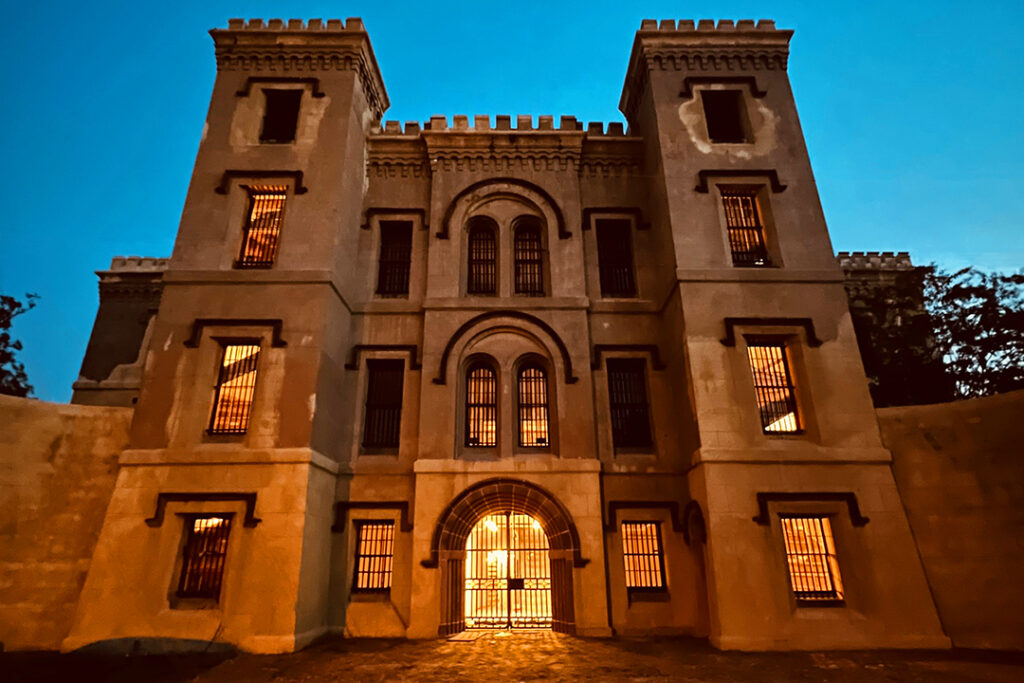
The Old Exchange Building and Provost Dungeon have become two of the city's most renowned haunted attractions and are located in Charleston’s historic district. Dating back to the Revolutionary War, the Exchange was initially used as a customs house before a portion of it was converted into a prison. Its dungeon was used for detaining and torturing both Patriots and British soldiers, pirates, and other local criminals. The prisoners were subject to extremely inhumane conditions and many did not survive. Some say such dismal conditions may have attracted spirits. Dungeon visitors report sightings of ghostly apparitions and hear sounds like screaming and moaning, as though someone is in intense pain.
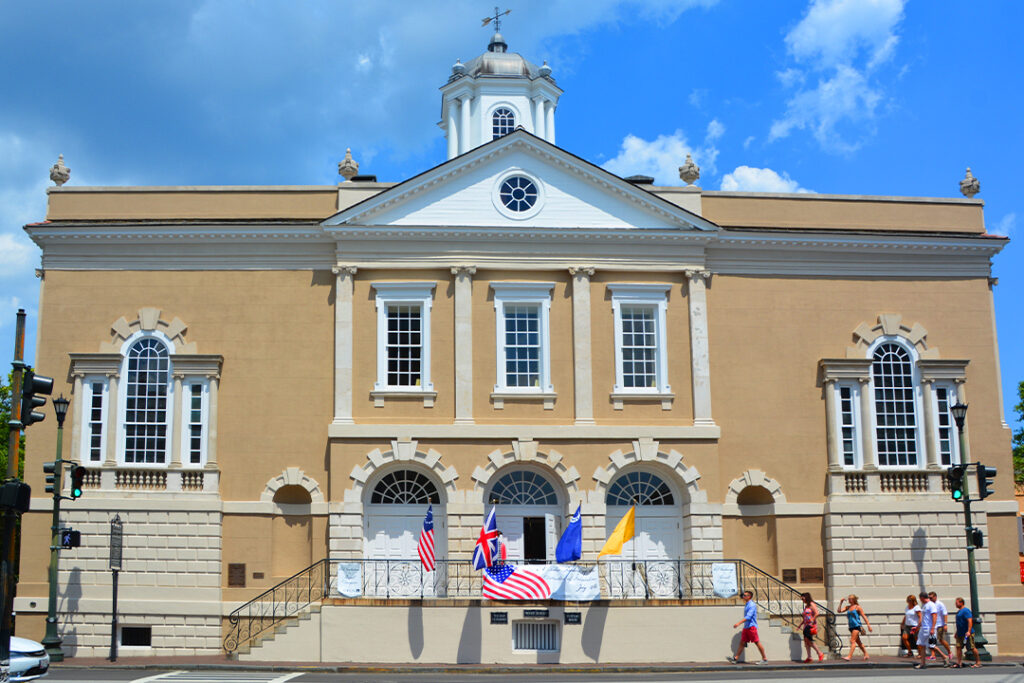
You can learn more details about these supposedly haunted locations and hear other spine-tingling stories from an expert local guide on Charleston’s only Haunted Carriage Tour.
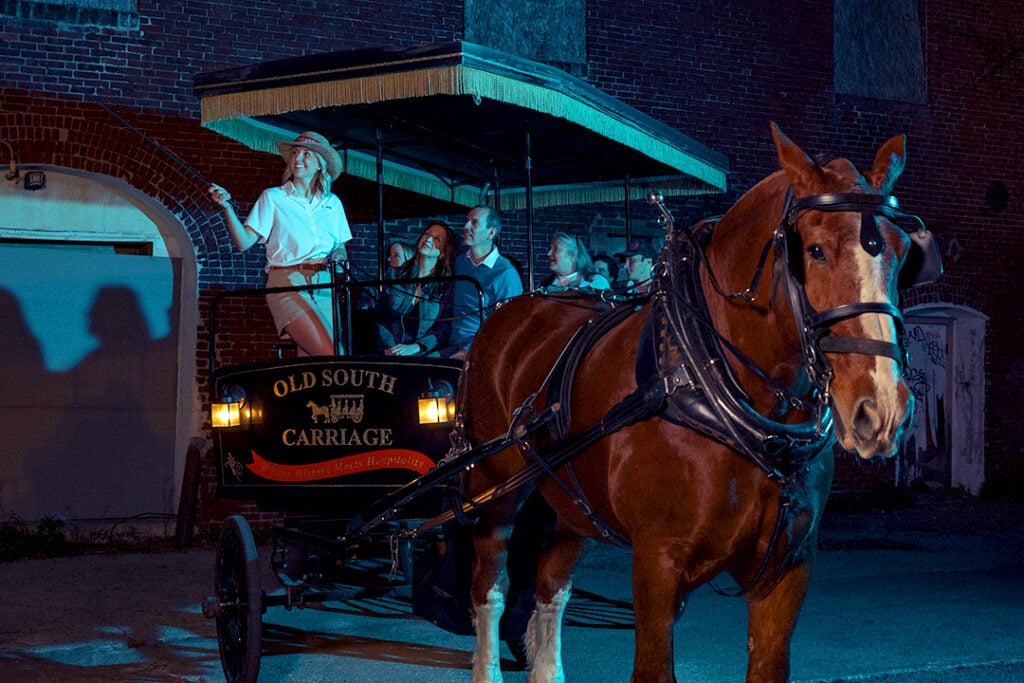
Conclusion
Charleston truly is a city that lingers in the heart, a place where Southern charm is woven into every street, every garden, and every tale. This is an ideal backdrop for a weekend getaway or a longer vacation with friends or family. From shopping at one of the country’s oldest markets and relaxing along the picturesque coast to joining a historic carriage tour, planning your perfect itinerary of tourist sites in Charleston, SC is easy.
